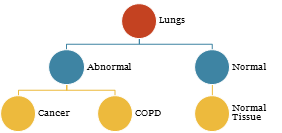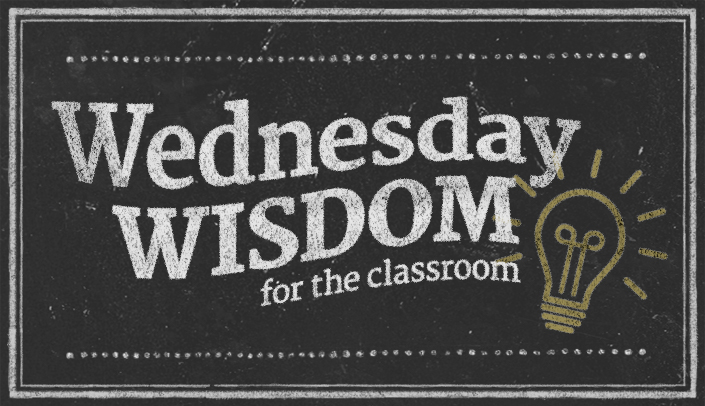This is part 4 in our 6 part education series and covers learning through elaboration.
What is learning through elaboration?
Elaboration strategies make connections between different ideas, thus, helping students understand how seemingly disparate pieces of information are connected.1-3 There are a variety of strategies that can be used: mnemonics, rewriting, note-taking, comparisons, and self-questioning.4
How do I teach using it?
-
Mnemonics are rampant in education. Did you know that these are not just cute acronyms like ROY G BIV? (That stands for the colors of the rainbow in case you forgot.) A mnemonic device is intended for learners’ memories so you could use a rhyme, a photo, or even gestures (not that kind).
-
Comparisons are another great way of teaching elaboration. Think how much students will retain if you show them an image of normal tissue then compare it to abnormal tissue. You could also create a concept map, drawing out how material is connected, like this example:

How do I teach students how to do it?
Students need to understand that you are using proven techniques to help them learn. Tell them!
Let’s get back to the other elaboration strategies. Note-taking is self-explanatory.
-
Rewriting is a quick and easy task students could undertake. Recommend they use the objectives to your lecture and rewrite what they know about each objective. This helps them paraphrase the information and their notes can verify if they were correct.
-
Encouraging students to self-question while studying is challenging. You can prompt them to write a 1-minute paper at the end of your lecture. Ask this question: What are the most important points you gained from this lecture? You can then challenge the students while they are studying to ask themselves how lectures relate to one another or what part of this do they not understand.
The goal when students are studying is to be able to rewrite or self-question and answer without looking at their notes.
Want to learn more?
Read the rest of the Education Series:
- Part 1: Enhancing Learning Using Spaced Practice by Dr. Linda M. Love
- Part 2: Learning Through Retrieval Practice by Dr. Gary Beck Dallaghan
- Part 3: Enhancing Learning Through Concrete Examples by Dr. Linda M. Love
- Part 4: Learning Through Elaboration by Dr. Gary Beck Dallaghan
- Part 5: Learning Through Dual Coding by Dr. Gary Beck Dallaghan
- Part 6: Enhancing Learning Using Interleaving Techniques by Dr. Linda M. Love
View tip sheet in an easy-to-print format
This article was originally written by Dr. Gary Beck Dallaghan.
References
1.Weinstein Y, Smith M. Learn to study using Elaboration: Explain and describe ideas with many details. From http://www.learningscientists.org. Accessed 12/28/2016.
2.Brown PC, Roediger III, HL, McDaniel MA. Make it stick: The science of successful learning. Cambridge, MA: Harvard University Press, 2014.
3.Ambrose SA, Bridges MW, DiPietro M, Lovett MC, Norman MK. How learning works: 7 research-based principles for smart teaching. San Francisco, CA: Jossey-Bass, 2010.
4.Neer M. How to learn better: Part 3 elaboration. From https://dataworks-ed.com/blog/2016/01/how-to-learn-better-part-3-elaboration/ .. Accessed 12/28/2016.
